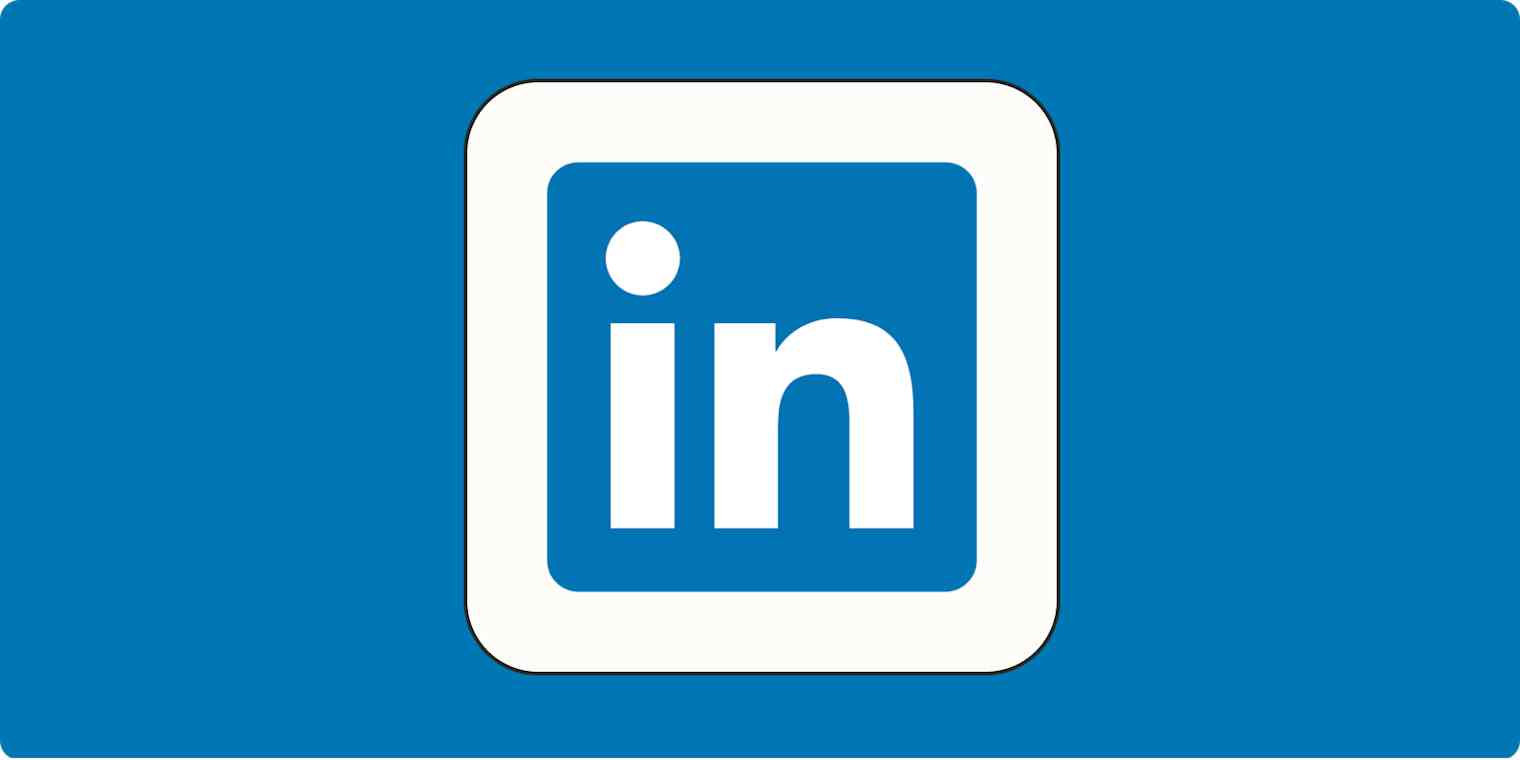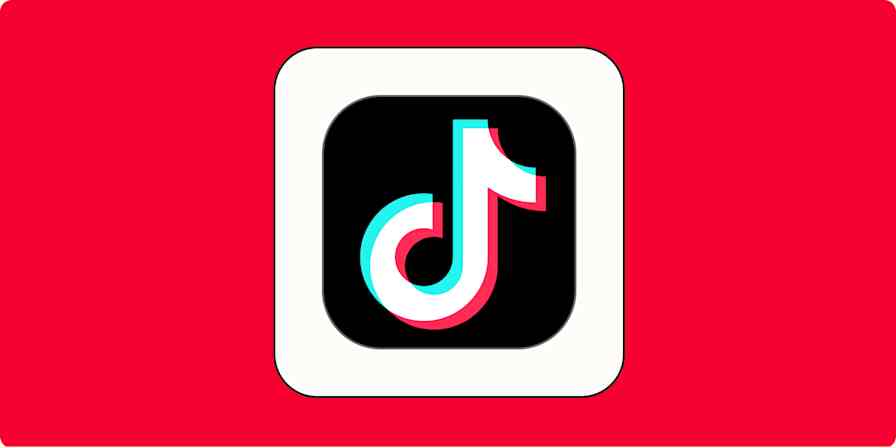After two years of posting consistently on LinkedIn, I noticed something interesting: brands were starting to reach out about potential collaborations.
My first reaction was mild panic. I had no idea how to price these opportunities or structure these partnerships. And more importantly, I worried about maintaining trust with my audience while monetizing my presence.
So I contacted LinkedIn creators who'd mastered brand partnerships and studied their approach. Here's what I learned about turning the right opportunities into sustainable income.
Table of contents:
What do brand partnerships look like on LinkedIn?
Brand partnerships on LinkedIn are different from those on other social media platforms because they tend to focus on professional growth. Here are the three main kinds of LinkedIn brand partnerships I've seen:
Sponsored posts that teach while promoting. Take Sara Stella Lattanzio's partnership with Semrush. Instead of saying "use this tool," she highlights common paid ad mistakes and shows how Semrush solves them. And her carousel shares tips on messaging and competitor analysis before even mentioning the product.
Creative campaign collaborations. Notion's recent Faces campaign is a great example. They partnered with creators like Melissa Grabiner, who shared how she uses Notion to manage multiple businesses and family responsibilities, making the partnership feel natural.
Affiliate partnerships. These are the easiest entry point for LinkedIn creators: you promote products you use and earn a commission on sales. I've done this myself with courses and tools I've taken and vouch for. In the post below, I was transparent about the affiliate relationship and disclosed when I got a commission.
The common thread between all these partnership types? They work best when they align with your existing content and expertise. Audiences quickly recognize inauthentic promotions, and successful LinkedIn partnerships align naturally with the creator's existing content.
Once you've found a good match, here's how to get started with your partnerships.
Step 1: Build a foundation for brand partnerships
You need to establish yourself as a trusted voice in your field. Brands won't invest in content that lacks focus or targets an unengaged audience.
Choose a niche
Creating content on everything that interests you spreads your focus too thin and limits opportunities. B2B influencer Lloyd George says it best:
"Picking a niche is the best thing you can do to stand out as a creator. In competitive spaces like fashion, it's tough to break through. But there are fewer creators in less saturated niches like SaaS tools or construction equipment, so brands notice you more easily."
Brands prefer creators who speak directly to their target audience. Focusing on a niche builds expertise and attracts a targeted following, making you valuable to brands—even with a smaller audience.
Create value-first content
My breakthrough came when I stopped copying other people and shared my genuine experiences as a freelance content strategist.
Jayde Powell, B2B creator, agrees: "Post the content you want to create—not the content you think brands want. Authenticity will always put you in front of the brands most aligned with your story, vision, and aspirations."
This means:
Share unique insights from your professional experience.
Document your wins, failures, and lessons learned.
Create educational content that solves specific problems.
Test different content formats (carousels, text posts, videos).
Develop a consistent content style that reflects your expertise.
You can also organically feature tools and brands you already use in your work. Lloyd says: "Don't wait for a brand deal to talk about a brand. Make it a natural habit of talking about brands, reviewing products, and sharing your thoughts. Position yourself as a place filled with opinions. That's what attracts brands to want to work with you, beyond just having a following."
I've actually done this myself: here's a carousel post I made highlighting Spark's features, even without a partnership.
Experiment with different formats
Great content matters, but format impacts reach. In my LinkedIn 30-day challenge, carousel posts drove the most engagement, but I overlooked testing video. Meanwhile, AJ Eckstein, Founder of Creator Match, a platform that matches B2B brands with LinkedIn creators (including with a Chrome extension), highlights video's growing importance:
"Video drives 5x more interactions, boosts brand awareness by 50%, and is shared 30% more often. We're seeing this first hand at Creator Match and even recently partnered with a brand on a six-figure video campaign for LinkedIn creators."
If you're unsure where to start with video, use free tools like the Creator Match LinkedIn Chrome Extension to discover top-performing content. And remember that your video doesn't need to be fancy—personal brand influencer Erica Rankin created a simple one for HeyGen.
The bottom line? Study what works in your niche, but adapt it to your style and expertise.
Step 2: Understand what brands value
What makes brands actually want to work with you? In my experience, there are two aspects to focus on: metrics and community.
Key metrics
I've noticed that follower count isn't the leading factor brands consider for partnerships. AJ agrees: "While follower count is often emphasized, it's not the most critical metric for landing brand deals. While 10,000 followers is a good baseline, brands prioritize other performance indicators." Instead, here's what to focus on:
Average impressions per post: "Avoid sending total impressions over 365 days," AJ advises. "Show brands your average impressions per post instead."
Engagement rate: Engagement rate shows audience activity and is a stronger metric than follower count.
Median likes per post: Median likes highlight consistent performance over one-off viral posts.
Results from sponsored posts: Past partnership data (clicks, conversions, ROI) strengthens your case with brands.
An engaged community
Quality engagement from a smaller audience outweighs a large, passive following. Jayde explains:
"If you're creating for anyone besides yourself, it should be your community. Invest in your community by providing value—they're your champions. The more they engage and root for you, the more you'll be put in front of the right audience (the brands you want to work with)."
One way to do this is by encouraging real discussions in your comments. AJ explains that brands notice these interactions: "Brands assess the quality of your comments. Are you sparking real conversations or just getting generic responses like 'great post'? Interactive threads show an engaged audience."
I've seen this play out in my own content. My best posts are those where my audience shares experiences, asks questions, and builds on my ideas. These discussions show brands your community trusts and engages with your perspective.
Step 3: Prepare your outreach strategy
Brand collaborations start well before the first exchange with the partner. You'll need a partnership deck to showcase your work, clear pricing guidelines, and a strategic plan for finding and approaching the right people at each company. Here's how to put it all together.
Create a partnership deck
A partnership deck (or media kit) showcases your best work, audience metrics, and past collaboration results to potential brand partners. When you're ready to start approaching brands, Lloyd suggests adding three pieces of your best content to showcase your expertise. "Create three videos for your portfolio," he advises. "Brands won't watch seven, but they'll view three." This focused approach makes it easy for brands to evaluate your work quickly.
What else should you prioritize?
Through his conversations with influencer managers, Lloyd discovered a clear hierarchy: "The most important thing that all the influencer managers said they care about was testimonials. The second is your work [...] and then the third is your metrics."
If you're unsure whether your deck is ready for brands, Lloyd suggests getting public feedback.
"I spent a year refining my media kit. I would post each version asking how to improve it and get 60 to 70 comments each time. I made all those updates, and posted again, asking for more feedback. I did this for about six months. Now, when I send my media kit, 90% of the time, you're going to close and work with me because it's so well optimized."
Your partnership deck evolves with feedback. Start with strong testimonials, showcase your top three content pieces, and include metrics that prove your impact.
P.S. Lloyd offers his media kit as a template, which you can grab for free.
Develop a rate card
For early brand deals, focus on building a strong portfolio over high pay. Lloyd, who now commands premium rates for his content, shares this perspective:
"Your first five deals aren't about money—they're about building a foundation for the next five. Create three strong portfolio videos, even if unpaid, to invest in future opportunities."
Once you have those foundation pieces, Lloyd suggests starting at $200 to $250 per post and gradually increasing based on demand. He even shares how he sometimes reinvests his earnings: "I'll get a $1,000 brand deal and spend the entire amount on production—hiring videographers, booking studios—because I know this high-quality video will help me land the next ten deals."
Jayde offers a different perspective: "I encourage creators to charge no less than $1,500, regardless of the content type. Though some brands' budgets might only allow for $500." She suggests these higher rates taking into consideration all aspects of content creation:
Time spent creating and revising
Usage rights requested by the brand
Additional costs, like props or location rentals
Your creative energy and expertise
Pricing isn't one-size-fits-all. Factor in your experience, value, and scope of work. Your rates will grow as your portfolio and reputation expand.
Identify the right points of contact
Knowing the right contact ensures your pitch reaches the right inbox. While aiming for the CMO or CEO is tempting, these aren't usually the people who manage creator partnerships. Jayde explains:
"The people behind the brands you'll likely be working with are typically social media professionals—they are the gatekeepers. Every brand structures its marketing teams differently, but your point of contact will usually be the brand's social media team, influencer marketing team, or creator partnerships team. "
I've found that LinkedIn Sales Navigator can help you find professionals with these titles.
Create your first pitch
A strong pitch opens doors, so be genuine, concise, and well-prepared. Jayde shares her proven approach:
"I introduce myself, explain why I'm reaching out, and share how I've used the brand's products or services. I mention past brand partnerships to establish credibility, then link my partnerships deck."
But cold pitching isn't the only way in. Lloyd suggests a multi-channel approach:
Attend industry conferences where you can meet decision-makers face-to-face.
Build relationships on LinkedIn by engaging with potential partners' content before pitching.
Connect authentically through comments and conversations first; pitch second.
Whatever approach you choose, end with a clear call to action. Jayde says: "I end my outreach by asking the person to set up a time to chat. I find connecting face-to-face strengthens the relationship and fosters a communicative environment for collaboration."
Step 4: Build a sustainable plan for your business
Even once you've secured a partnership, the question is whether you can turn a one-time collab into a long-term gig. Here are three tips on how to deliver on your first partnership and build a reputation that keeps you top of mind for future deals.
Own your partnership vision
When a brand reaches out, it's tempting to say yes—especially if it's one you admire. But accepting every opportunity or letting brands dictate terms can make your content feel forced. Jayde emphasizes this point:
"Think about the kind of partnership you want with the brand. Creators often have an idealized list of brands they want to work with, and they get so excited about the thought of a partnership that they don't consider how they want to partner with these brands."
While brands will typically approach you with a creative brief, you shouldn't feel bound by their initial vision. Instead, be proactive in shaping partnerships that align with your brand and serve your audience's needs.
Build case studies
Your first brand partnership is a chance to build a foundation for future opportunities. Treat it as an investment in your portfolio, not a one-off deal. AJ advises: "When handling your first brand partnership, focus on building a strong case study that demonstrates your ability to deliver results." He emphasizes the importance of "underpromising and overdelivering—set realistic expectations but exceed them by creating exceptional content and providing a seamless experience."
Go beyond the basics: track metrics, document your process, gather feedback, and capture your content's impact. Approaching early partnerships this way creates proof points for future collaborations.
Pursue sustainable partnerships over one-off deals
While landing a one-off $10,000 deal might seem exciting, sustainable success comes from turning those into $50,000/year relationships. Lloyd emphasizes this approach:
"The goal isn't landing one really big deal—it's creating a sustainable amount of money over a long period. You're not trying to get one huge brand deal on LinkedIn this month. You're trying to figure out how to get five consistent brand deals every month with the same people wanting to work with you."
Position yourself as a long-term partner, not a one-off creator. Pitch package deals that highlight the value of ongoing collaboration—brands value creators who understand their product and showcase it authentically over time, not just in a single post.
Double down on what works for your audience
Landing brand partnerships is exciting, but staying true to your content strategy is just as critical. Stick to the 80/20 rule: share 80% insights and experiences from your work, and reserve 20% for brand collaborations. This balance keeps your audience's trust intact—they followed you for your expertise, not for ads.
Delivering value-first content—even after landing partnerships—lays the groundwork for a lasting personal brand and future opportunities.
Related reading:








